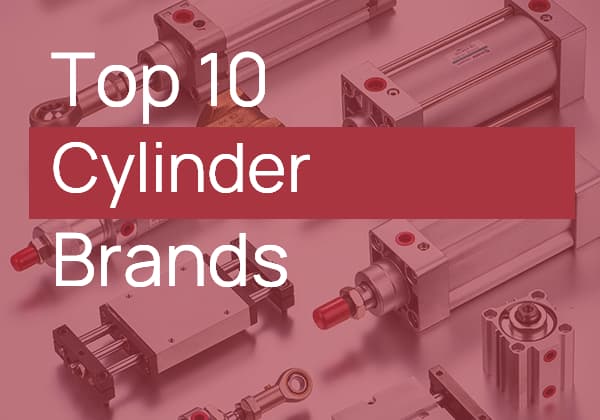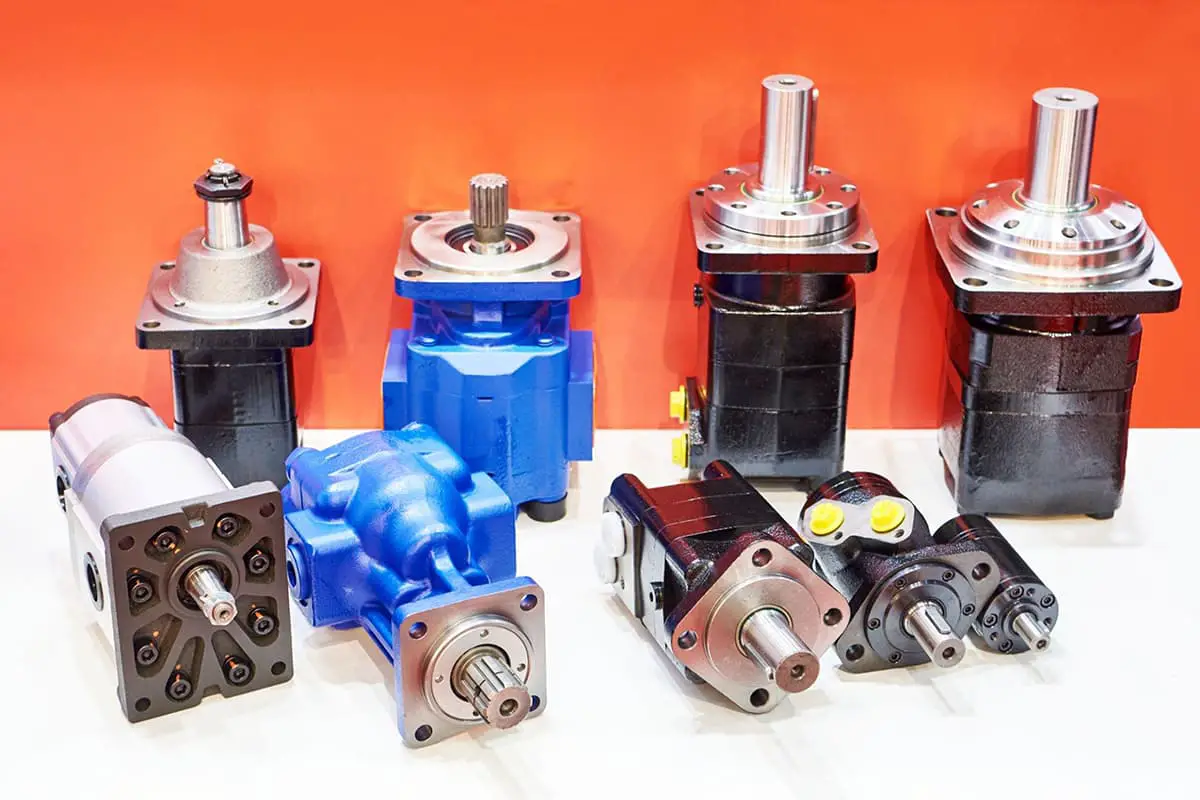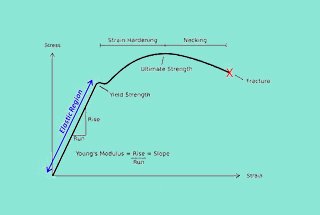
What kind of questions can help you ace a mechanical engineering interview? This article dives into the top 20 questions that test various aspects of mechanical engineering, from transmission systems to material science. Readers will learn not only what questions to expect but also the kind of answers that demonstrate depth of knowledge and practical expertise. Whether you’re preparing for your first interview or looking to refine your responses, this guide offers valuable insights to boost your confidence and readiness.

After working for a while, it’s inevitable to conduct interviews for new hires. Today, I’d like to share some questions that I commonly ask when interviewing mechanical engineers. Everyone can reflect on these questions and consider whether they represent your abilities and level.
What kind of questions would be asked in a mechanical engineering interview?
Firstly, I would ask what aspects they excel in, then proceed to ask questions from the following categories: transmission, structure, sheet metal, shaft components, plate components, and knowledge on material selection (various types of steel, aluminum, alloys, and other metals, as well as non-metallic materials like plastics), heat treatment of parts, electroplating, painting, and other surface treatments.
For transmissions, questions would focus on several aspects: gear transmission, chain drive, belt wheel, synchronous belt drive.

Dimensional chains play a crucial role in precision manufacturing and assembly processes. They represent a series of interconnected dimensions that form a closed loop, arranged in a specific sequence to achieve desired tolerances and fits. Each individual dimension within this chain is referred to as a link.
In a dimensional chain, the critical dimension that indirectly ensures the overall accuracy of the assembly or machining process is known as the closing link. This link is typically the functional requirement or the design specification that must be met. The remaining dimensions that contribute to achieving the closing link are called constituent links.
A practical example of dimensional chain application can be found in the assembly of a cylindrical roller bearing into a housing:
By analyzing the dimensional chain, engineers can:
This approach enables manufacturers to:
Ferrous metals primarily encompass steel and cast iron, with steel being further categorized into carbon steel and alloy steel. This classification is based on the composition and properties of the metal.
Carbon steel, a fundamental category, is subdivided into three grades based on the content of impurities, particularly sulfur (S) and phosphorus (P):
High-quality carbon steel is distinguished by its stringent control of impurities, specifically maintaining sulfur and phosphorus levels at or below 0.040% each. This low impurity content significantly enhances the steel’s mechanical properties, including improved strength, ductility, and weldability.
The controlled composition of high-quality carbon steel offers several advantages:
These characteristics make high-quality carbon steel an excellent choice for applications requiring precise tolerances, high strength-to-weight ratios, and reliable performance under various loading conditions. Common applications include automotive components, precision machinery parts, and high-performance structural elements.
It’s important to note that while the ≤0.040% threshold for S and P is a general guideline, specific standards may vary slightly depending on the exact grade and intended application of the steel.
Welding stress, also known as residual stress, can be mitigated through various methods, each with specific applications and effectiveness:
1. Heat Treatment:
2. Mechanical Methods:
3. Vibrational Stress Relief (VSR):
4. Natural Aging:
5. Controlled Welding Techniques:
6. Cryogenic Treatment:
The commonly used heat treatment methods for metals include annealing, normalizing, quenching, tempering, and case hardening, among others. Each of these processes serves specific purposes in altering the mechanical properties and microstructure of metals.
Tempering is a critical heat treatment process typically performed after quenching. It involves reheating the quenched metal to a temperature below its lower critical temperature, usually between 150°C to 650°C (302°F to 1202°F), holding it at that temperature for a specified time, and then cooling it, usually in air. The primary purposes of tempering are:
High-temperature tempering, conducted in the range of 500-650°C (932-1202°F), is particularly effective for steels. This process allows for significant stress relief and microstructural changes, resulting in a good combination of strength, ductility, and toughness. The exact tempering temperature and duration depend on the specific alloy composition and the desired final properties.
It’s important to note that tempering parameters must be carefully controlled, as they significantly influence the final mechanical properties of the metal. The time-temperature relationship in tempering is crucial, and modern heat treatment facilities often use precise computer-controlled processes to ensure consistent results.
The primary failure modes of closed gear transmissions differ significantly between soft and hard tooth surface gears, necessitating distinct approaches to design and verification:
For closed soft tooth surface gear transmission:
The predominant failure mode is pitting fatigue on the tooth surface. This occurs due to repeated high-stress contact between mating gear teeth, causing microscopic surface and subsurface cracks that eventually lead to material removal. The design process should prioritize:
For closed hard tooth surface gear transmission:
The main failure mode shifts to tooth root fatigue fracture. This occurs due to cyclic bending stresses at the tooth root, eventually leading to crack initiation and propagation. The design process should focus on:
Design verification principles:
A gearbox, also known as a transmission, serves as a crucial mechanical component that modifies the speed and torque transmitted from the prime mover (such as an engine or electric motor) to the driven machine or mechanism. Its primary functions include:
Gearboxes come in various types and configurations, including:
I am most familiar with the medium-thick plate rolling process in steel production. This advanced manufacturing process transforms continuous cast billets into high-quality steel plates through a series of precisely controlled operations. The production flow typically consists of the following key stages:
This process leverages advanced automation, real-time quality control systems, and data analytics to ensure consistent production of high-quality medium-thick plates meeting diverse industrial applications’ stringent requirements.
In the most extreme scenario, a hydraulic cylinder subjected to a strong external shock could experience catastrophic failure, potentially leading to:
1. Cylinder detachment: The intense force could cause the cylinder to break free from its mountings, resulting in a complete loss of function and posing significant safety risks.
2. Oil pipe rupture: High-pressure hydraulic lines may burst or rupture, causing rapid loss of hydraulic fluid and system pressure. This can lead to oil leakage, environmental contamination, and potential fire hazards if the fluid comes into contact with hot surfaces.
3. Structural deformation: The cylinder body, piston rod, or internal components may undergo severe deformation, bending, or fracturing. This can result in:
4. Internal component damage: Shock forces may cause damage to internal parts such as:
5. Pressure spike: A sudden shock could create a pressure surge within the system, potentially exceeding the cylinder’s pressure rating and causing additional damage to other hydraulic components.
6. Secondary damage: The failure of the hydraulic cylinder could lead to collateral damage in connected machinery or structures, potentially causing a chain reaction of failures in the wider system.
To mitigate these risks, proper shock absorption systems, robust mounting designs, and regular inspections are crucial for hydraulic systems operating in high-shock environments. Additionally, incorporating safety features such as pressure relief valves and designing with appropriate safety factors can help prevent catastrophic failures in extreme scenarios.
For parts subjected to combined bending and torsional loads, the von Mises yield criterion (also known as the distortion energy theory or the third strength theory) is most appropriate. This theory provides a comprehensive assessment of the stress state in the material, considering the interaction between normal and shear stresses.
The procedure involves:
This approach accounts for the multi-axial stress state and provides a more accurate prediction of material failure under complex loading conditions than using individual stress components alone. It’s particularly useful for ductile materials and is widely adopted in engineering practice for its reliability and ease of application.
The development of modern mechanical machining is characterized by a multifaceted evolution towards advanced manufacturing systems. This progression is driven by several key trends:
The carbon content in 45# steel typically ranges from 0.42% to 0.50%. This medium carbon steel, also known as C45 in some international standards, is commonly referred to as 45 steel in the Chinese GB (Guobiao) standard system. The “45” in its designation directly indicates its approximate carbon content of 0.45%.
This versatile steel grade, sometimes called “oil steel” due to its suitability for oil quenching, offers a good balance of strength, hardness, and ductility. It is widely used in various engineering applications, particularly for components requiring moderate strength and wear resistance.
In the market, 45# steel is primarily available as hot-rolled products, which are suitable for a wide range of applications. Cold-rolled specifications are also available, typically in thicknesses ranging from 1.0 to 4.0mm. The cold-rolling process imparts improved surface finish and tighter dimensional tolerances, making it ideal for applications requiring better machinability or surface quality.
Casting defects can significantly impact the quality, performance, and reliability of metal components. The most prevalent defects encountered in metal casting processes include:
Cutting fluid plays a crucial role in metal cutting processes, serving multiple essential functions that significantly enhance machining performance and tool life. The primary purposes of cutting fluid include:
Digital design encompasses the comprehensive integration of advanced technologies throughout the entire product lifecycle, from conceptualization to production and beyond. It leverages powerful computational tools and methodologies to revolutionize traditional design processes.
For instance, in the context of metal fabrication, digital design might involve:
Informatization in manufacturing encompasses the comprehensive integration and utilization of advanced digital, intelligent, and networked information technologies to transform traditional industrial paradigms. This revolution spans across multiple domains:
This digital transformation enables manufacturers to:
Rolling bearings offer high precision operation and can accommodate both radial and axial loads simultaneously. They require less lubricant, are easier to install, and exhibit lower friction coefficients compared to sliding bearings. Their standardized, serialized, and universal design facilitates convenient use, maintenance, and cost-effectiveness, eliminating the need for expensive non-ferrous metals often required in sliding bearings.
However, rolling bearings are highly susceptible to contamination from foreign particles such as metal debris. They generally have a shorter service life than sliding bearings and lower load-bearing capacities relative to their size, resulting in larger radial dimensions.
Sliding bearings excel in applications demanding high load capacity, compact size, and structural integrity. They are commonly employed in crankshaft bearings of internal combustion engines and rolling mill bearings. These bearings offer superior damping characteristics, making them ideal for precision applications with stringent vibration and noise requirements.
The selection between rolling and sliding bearings depends on specific application criteria:
In practice, hybrid solutions combining both bearing types are sometimes employed to leverage the strengths of each. For instance, in large industrial gearboxes, rolling bearings might be used for high-speed shafts, while sliding bearings support slower, more heavily loaded components.
CNC stands for Computer Numerical Control. It refers to a manufacturing process where pre-programmed computer software dictates the movement of factory tools and machinery. CNC systems automate the control of machine tools through the use of software embedded in a microcomputer attached to the tool. This technology enables precise control of various parameters such as feed rate, coordination, location, and speed, allowing for highly accurate and repeatable machining operations.
CNC technology is widely used in modern manufacturing for a variety of applications, including:
The use of CNC machines has revolutionized the manufacturing industry by improving precision, efficiency, and consistency in production processes, while also reducing human error and labor costs.
DC motors utilize a stationary magnetic field with a rotating conductor, while AC motors employ a rotating magnetic field with a stationary conductor. This fundamental difference in design leads to distinct operational characteristics and applications.
Speed control is a key differentiator. DC motors excel in this aspect, offering precise speed adjustment by varying the input voltage or current. This makes them ideal for applications requiring fine speed control, such as in robotics or electric vehicles. AC motors, conversely, typically adjust speed by altering the frequency of the alternating current, often through variable frequency drives (VFDs).
Torque characteristics also differ significantly. DC motors generally provide higher starting torque and better torque-to-speed ratios, especially at low speeds. This makes them superior for applications requiring high torque at low RPMs, such as in conveyor systems or electric traction. AC motors, particularly induction types, tend to have lower starting torque but can maintain consistent torque over a wider speed range.
Maintenance requirements vary between the two. DC motors, with their commutator and brush assembly, typically require more frequent maintenance due to brush wear and commutator degradation. AC motors, especially brushless designs, generally offer lower maintenance needs and higher reliability over time.
Efficiency and power density also differ. Modern AC motors, particularly those using permanent magnets, often achieve higher efficiency and power density compared to equivalent DC motors. This has led to increased adoption of AC motors in industrial applications and electric vehicles where energy efficiency is crucial.
Cost considerations play a role in motor selection. DC motors are often simpler and less expensive for low-power applications. However, for high-power industrial uses, AC motors frequently prove more cost-effective due to their robustness and lower maintenance requirements.
The choice between DC and AC motors ultimately depends on the specific application requirements, including speed control precision, torque needs, efficiency goals, maintenance capabilities, and overall system design considerations.
In metal materials, elastic deformation refers to a reversible change in shape that occurs when an external force is applied within the material’s elastic limit. Upon removal of the applied stress, the metal returns to its original dimensions without permanent alteration to its crystalline structure. This behavior is governed by Hooke’s Law, where stress is proportional to strain up to the yield point.
Plastic deformation, conversely, is an irreversible change in shape that takes place when the applied stress exceeds the material’s yield strength. This permanent deformation is characterized by the breaking and reforming of atomic bonds, resulting in a rearrangement of the metal’s crystal structure. Unlike elastic deformation, plastic deformation persists even after the removal of the applied force.
In engineering applications, plastic deformation is often considered a form of structural failure, particularly in load-bearing components. It can lead to changes in material properties, reduced performance, and potential safety hazards. Consequently, a primary objective in structural design is to ensure that working stresses remain well below the yield strength of the material, thus preventing plastic deformation under normal operating conditions.
However, it’s important to note that controlled plastic deformation can be advantageous in certain manufacturing processes, such as metal forming operations (e.g., forging, stamping, or extrusion), where it is deliberately induced to achieve desired shapes and properties. Understanding the transition from elastic to plastic behavior is crucial for optimizing material selection, component design, and manufacturing processes in metalworking industries.
A reducer, also known as a speed reducer or gearbox, serves to modify the rotational speed and torque transmitted from the prime mover (such as an electric motor or engine) to the driven machine or equipment. Its primary functions include:
Reducers are available in various configurations:
1. Mechanical Types:
2. Hydrodynamic Types:
3. Speed Ratio Options:
The selection of the appropriate reducer type and configuration depends on factors such as power requirements, speed ranges, environmental conditions, and specific application needs.








